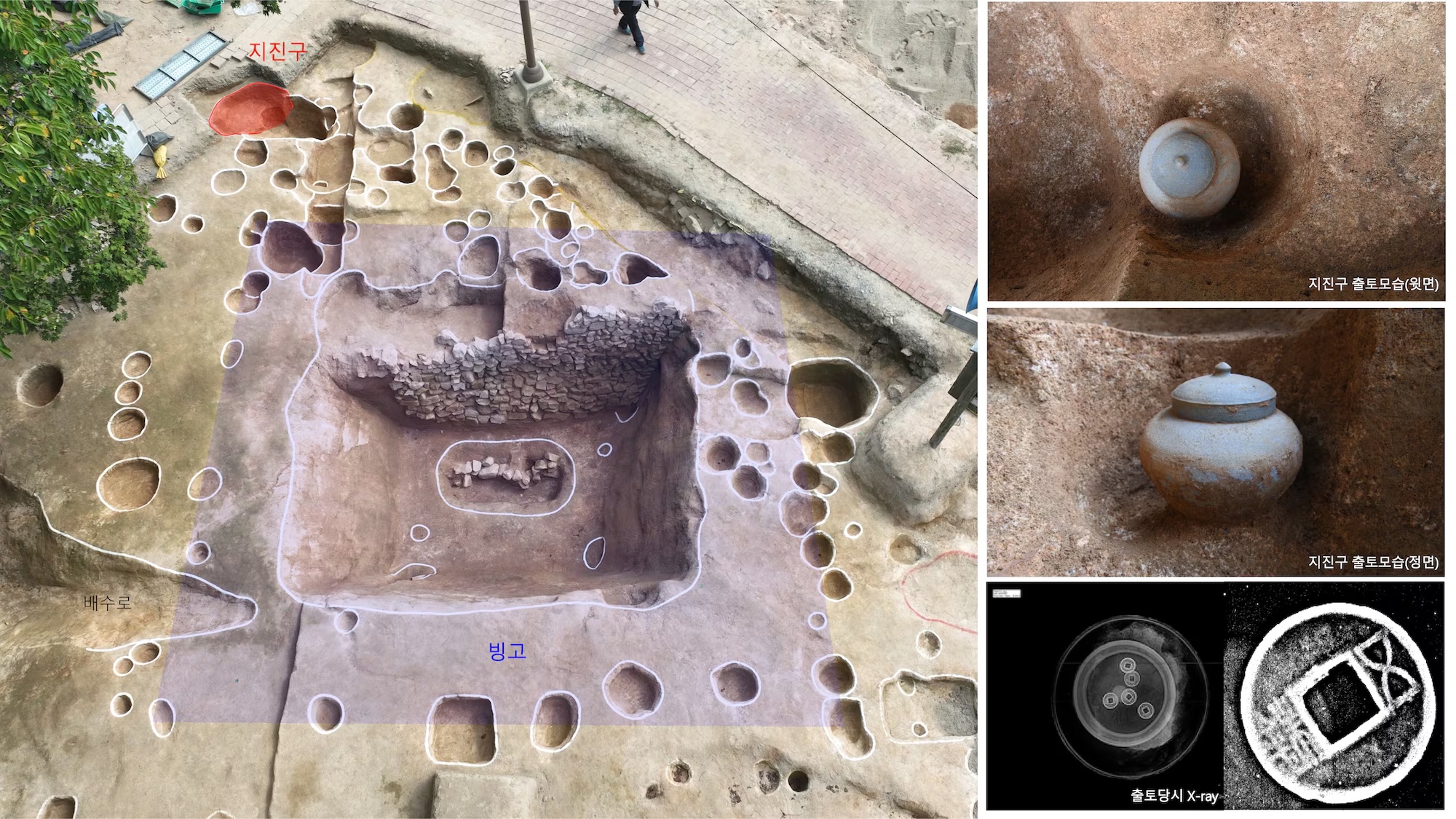**Petra’s Hidden Gems: Lesser-Known Sites to Explore**
*By Simran Jeet | Sep 24, 2025, 02:13 PM*
Petra, the ancient city in Jordan, is world-renowned for its stunning architecture and rich history. While most tourists flock to the iconic Treasury and Monastery, there are several lesser-known sites within Petra that are equally fascinating. These hidden gems offer a unique glimpse into the city’s diverse past and architectural marvels, providing visitors with deeper insights into Petra’s cultural heritage.
### 1. The Royal Tombs: A Majestic Burial Site
The Royal Tombs are an impressive group of elaborate tombs carved directly into the rock face of Petra. Built for the city’s elite, these tombs stand out for their intricate facades and grand scale. Visitors can admire the detailed carvings and learn about the burial practices of the ancient Nabataeans. Compared to the more frequented sites, the Royal Tombs provide a quieter experience, allowing for a more contemplative appreciation of their historical significance.
### 2. The Great Temple: A Monumental Complex
The Great Temple is one of Petra’s largest architectural complexes but often remains overshadowed by other landmarks. This massive structure consists of a series of interconnected rooms and courtyards, reflecting its importance in religious and social activities. Excavations at the site have uncovered various artifacts that suggest it served as a center for worship and administration, offering a fascinating look into the everyday life and governance of Petra.
### 3. The Byzantine Church: A Glimpse into Early Christianity
Nestled within Petra’s expansive landscape, the Byzantine Church stands as a remarkable testament to early Christian influence in the region. The site is famous for its stunning mosaics that depict scenes from daily life and nature, showcasing the artistic style of the era. Architecturally, the church differs from other Petra structures, highlighting the diverse religious practices that once thrived here.
### 4. Al-Beidha: The Little Petra Experience
Located just a few kilometers from Petra’s main site, Al-Beidha—or Little Petra—is a smaller settlement featuring similar rock-cut architecture on a more intimate scale. Visitors can explore narrow canyons lined with carved facades, offering an up-close look at Nabataean craftsmanship without the crowds typical of the larger Petra site. It’s a perfect spot for those seeking a quieter, more personal experience.
### 5. The High Place of Sacrifice: A Spiritual Summit
Perched atop Jebel al-Madhbah, the High Place of Sacrifice provides breathtaking panoramic views over Petra’s stunning landscape below. This sacred site was historically used for ritual offerings conducted by priests on behalf of the community, seeking divine favor or guidance from the gods. Its elevated position and spiritual significance make it a powerful place to reflect on the ancient religious practices of Petra.
—
Exploring these lesser-known sites adds depth and richness to any visit to Petra, unveiling fascinating stories beyond the well-trodden paths. Whether you’re intrigued by ancient burial customs, religious heritage, or art and architecture, Petra’s hidden gems promise unforgettable discoveries.
https://www.newsbytesapp.com/news/lifestyle/petra-s-hidden-gems-lesser-known-sites-to-explore/story
